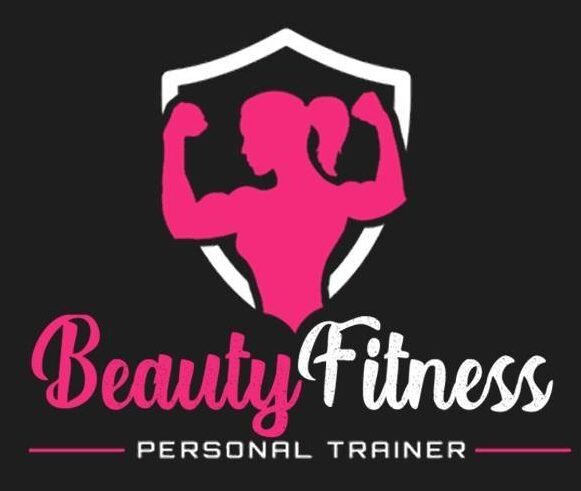Natural Black Hair Care Tips
Natural black hair, often categorized by its unique texture and structure, requires specific care to maintain its health, moisture, and vibrancy. This hair type encompasses a range of textures, from tightly coiled to loosely curled, and is characterized by its natural thickness and resilience. Proper care and maintenance are essential to enhance the natural beauty of black hair while promoting growth and minimizing breakage.
Understanding Natural Black Hair
1. Hair Texture and Types
- Coily (Type 4A-4C): This hair type has tight coils or zigzag patterns, prone to shrinkage and requiring extra moisture and gentle handling.
- Curly (Type 3A-3C): Defined by well-formed curls or ringlets that range from loose to tight curls, needing hydration and curl definition products.
- Kinky (Type 4B-4C): Features densely packed curls that may form tight zigzags or coils, requiring thorough moisturization and careful detangling.
2. Porosity Levels
- Low Porosity: Hair cuticles are tightly packed, making it difficult for moisture to penetrate. Lightweight products and heat can help open cuticles for better absorption.
- Medium Porosity: Hair cuticles allow moisture to enter and retain it well. Balanced hydration and regular conditioning are essential.
- High Porosity: Hair cuticles are raised, causing rapid moisture loss. Deep conditioning and sealing with oils are crucial to maintain moisture levels.
Natural Black Hair Care Tips
1. Cleansing and Conditioning
- Use Sulfate-Free Shampoos: Gentle cleansers that do not strip natural oils are ideal. Clarifying shampoos can be used occasionally to remove buildup.
- Co-Washing: Conditioner washing helps maintain moisture while gently cleansing hair between shampoo sessions, especially for coily and kinky textures.
- Deep Conditioning: Weekly deep conditioning treatments restore moisture and strengthen hair. Heat (e.g., using a steamer or heated cap) aids product absorption.
2. Moisturizing and Sealing
- Water-Based Moisturizers: Apply moisturizers with water as the first ingredient to hydrate hair. Follow with oils or butters to seal moisture and reduce frizz.
- LCO or LOC Method: Layering Liquid (water), Oil, and Cream in sequence helps retain moisture. Customize the order based on porosity and climate.
3. Detangling
- Finger Detangling: Start detangling from ends to roots using fingers or a wide-tooth comb. Apply conditioner or a detangling product to ease the process.
- Sectioning Hair: Divide hair into manageable sections for detangling, styling, and applying products. This reduces manipulation and minimizes breakage.
4. Protective Styling
- Braids, Twists, and Buns: Styles that tuck ends away protect hair from environmental damage and manipulation, promoting length retention.
- Low Manipulation Styles: Limiting styling sessions and avoiding tight styles reduce stress on hair strands, preventing breakage and promoting healthy growth.
5. Scalp Care
- Scalp Massages: Stimulate blood circulation with gentle massages using fingertips or a scalp massager to promote hair growth and overall scalp health.
- Clarifying Scalp Treatments: Use natural ingredients like apple cider vinegar diluted in water to clarify scalp and remove buildup without stripping natural oils.
6. Heat and Styling
- Heat Protection: Apply heat protectant products before using heat styling tools to shield hair from damage caused by heat exposure.
- Air Drying: Allow hair to air dry instead of using heat whenever possible. Use a microfiber towel or cotton t-shirt to blot excess water gently.
7. Nighttime Care
- Protective Coverings: Use satin or silk scarves, bonnets, or pillowcases to reduce friction and prevent moisture loss while sleeping.
- Pineappling: Gather hair loosely into a high ponytail or bun on top of the head to preserve curls and reduce tangling overnight.
Lifestyle and Dietary Considerations
1. Hydration and Nutrition
- Water Intake: Stay hydrated to support overall hair health and moisture retention.
- Balanced Diet: Consume foods rich in vitamins (A, C, E), minerals (iron, zinc), and omega-3 fatty acids to nourish hair follicles and promote growth.
2. Stress Management
- Stress Reduction: Practice relaxation techniques like meditation, yoga, or hobbies to reduce stress levels, which can impact hair health.
Embracing Natural Black Hair
1. Cultural and Personal Identity
- Celebrating Diversity: Embrace the versatility of natural black hair textures and styles as a reflection of cultural heritage and personal expression.
- Community Support: Engage with natural hair communities, forums, and social media platforms to share experiences, tips, and styling ideas.
Conclusion
Natural black hair care requires a personalized approach that considers hair texture, porosity, and lifestyle factors. By adopting proper cleansing, moisturizing, protective styling, and scalp care practices, individuals can maintain healthy, vibrant hair. Embracing natural black hair promotes confidence, self-expression, and appreciation for diverse beauty standards.

